Simrad MS70 Handleiding
Simrad
Scheepsradar
MS70
Bekijk gratis de handleiding van Simrad MS70 (3 pagina’s), behorend tot de categorie Scheepsradar. Deze gids werd als nuttig beoordeeld door 125 mensen en kreeg gemiddeld 4.6 sterren uit 63 reviews. Heb je een vraag over Simrad MS70 of wil je andere gebruikers van dit product iets vragen? Stel een vraag
Pagina 1/3

We are proud to introduce the world’s rst quantitative
multibeam sonar for shery research applications
Simrad MS70
Scientic multibeam sonar system
M A X I M I Z I N G Y O U R P E R F O R M A N C E A T S E A
www.SIMRAD.com

System overview
The Simrad MS70 offers a new
dimension to shery research. It
provides an acoustic matrix of
stabilized and calibrated beams
for biomass estimation, sh school
characterization. and behaviour
studies.
The transducer array is normally
mounted on a drop keel, which allows
it to look horizontally. The Simrad
MS70 allows characterization and
volume estimation of a school of sh
using only one single transmission.
Schools of sh can be tracked,
followed, and studied using mulitple
consequitive transmissions.
As a consequence of the horizontal
transmission using narrow beams,
the MS70 allows you to detect and
characterize schools of sh even very
close to the sea surface.
A new dimension
The MS70 provides an acoustic
matrix of 500 beams (25 horizontal
and 20 vertical). This enables the
MS70 to provide instantaneous
3D volume data. Where
other systems need
multiple pings to provide
3D volume data, the
MS70 can provide
this using a single
ping. This allows
the MS70 to provide
more accurate data.
For example, a school
of sh can change its
structure several times
during the time other
systems need to cover the
school.
Multiple consecutive pings
enable the MS70 to provide true
4D data, where time is the fourth
dimension. This allows for improved
characterization of school structures
that are changing over time.
Low sidelobe and
interleakage levels
Low sidelobes are important for
two reasons. The obvious one is to
Key points
• The Simrad MS70 operates in
the 75 to 112 kHz frequency
range.
• The Simrad MS70 provides an
acoustic matrix containing 500
beams (25 horizontal and 20
vertical).
• Each beam is 3° to 4° wide
depending on its position in the
matrix.
• Calibration software included.
• 60° horizontal operating sector.
• 45° vertical operating sector.
• -25 dB horizontal side lobe
levels.
• -35 dB vertical side lobe levels
and beam interleakage.
System description
(CD10104G)
avoid that strong targets in side lobes
are mistaken for weak targets in the
main lobe. Secondly, you do not wish
to see strong bottom echoes from the
sidelobes. Very low vertical two-way
sidelobe levels are obtained by using
two-way side lobe suppressions. Very
low beam interleakage is obtained
by using Frequency Rotated Sector
Transmission (FRST) where the
frequency band is distributed over all
the sectors.
Data output
It is possible to set up continuous
output of all beam data. This can
be used for echo integration, school
characterization and 3D visualisation.
The output data include for example:
• non-TVG compensated sample
power and sample angle
• 20 log R compensated sample Sv
• Mean volume backscattering
strength for a user dened volume
It is also possible to output the
element data for post processing and
analysis purposes.
Calibration
A calibration utility is implemented
as a special built-in function in the
Simrad MS70 system. The sonar can
be calibrated using a reference
target located under the ship.
During the calibration
process, the MS70
automatically generate
500 split beams in order
to measure the target
position within each
beam.
Individual gain
parameters for each beam
are adjusted to provide
calibrated target strength
and volume backscattering
strength measurements.
Remote operation
Remote systems, such
as a data logger and external
post-processing systems, can
subscribe to a series of data
and parameters from the MS70.
Parameters can also be set and read
by the remote system. In this way the
communication between the MS70
and the remote system can become
an efcient, congurable, two-way
communication.

System diagram
Operator station
The Simrad MS70 Operator Station comprises a workstation
running Windows XP® operating system. It is connected to
the ship’s network, and can communicate with external post-
processing applications.
Transceiver Unit
The transceiver circuitry is housed in a 19” rack. It comprises
three TRXU transceiver racks, a network controller, and a cluster
with six beamforming computers..
Power Cabinets
Three separate power cabinets provide the operational power to
the TRXU transceiver racks in the Transceiver Unit.
Transducer
The transducer array is mounted in a circular housing. Its outer
diameter is 677 mm. The array contains 800 individual elements.
It is mounted vertically, normally on a retractable keel.
Screen capture example and system diagram
(CD016020B)
Beamforming
computers
Network
controller
Power
supplies
Operator station
TRXU
Transceivers
This capture shows a school of herring. Even though the MS70 detects and records data from all 500 beams, only two
sectors can be shown in a traditional 2D view. One is a horizontal slice, while the other is a vertical slice through the
matrix. Two views hold zoomed data, while the view on the left side shows an echogram from the single beam shared by
the two sectors. (Data kindly provided by IMR, Norway.)
Product specificaties
| Merk: | Simrad |
| Categorie: | Scheepsradar |
| Model: | MS70 |
Heb je hulp nodig?
Als je hulp nodig hebt met Simrad MS70 stel dan hieronder een vraag en andere gebruikers zullen je antwoorden
Handleiding Scheepsradar Simrad

22 Mei 2023

14 Januari 2023

27 April 2023

14 Januari 2023

24 Januari 2023

19 Januari 2023

18 Januari 2023

9 Januari 2023

8 December 2022

6 December 2022
Handleiding Scheepsradar
Nieuwste handleidingen voor Scheepsradar
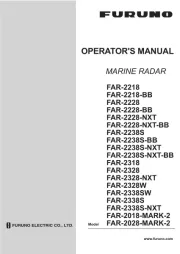
22 Juli 2025
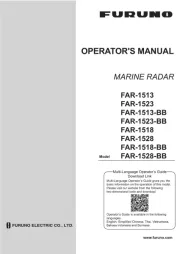
22 Juli 2025
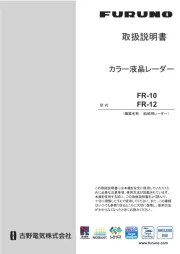
22 Juli 2025
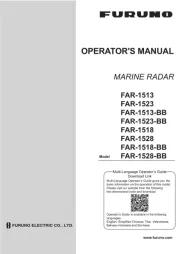
22 Juli 2025
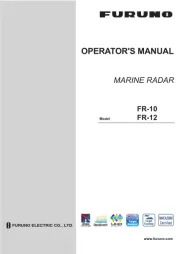
22 Juli 2025
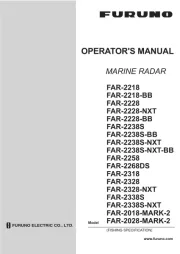
21 Juli 2025
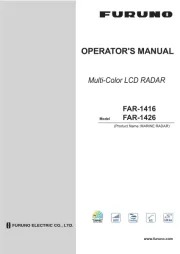
21 Juli 2025
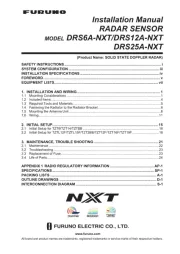
21 Juli 2025
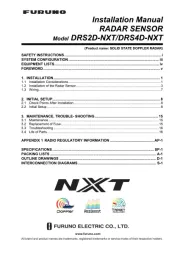
21 Juli 2025
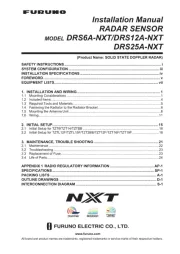
21 Juli 2025